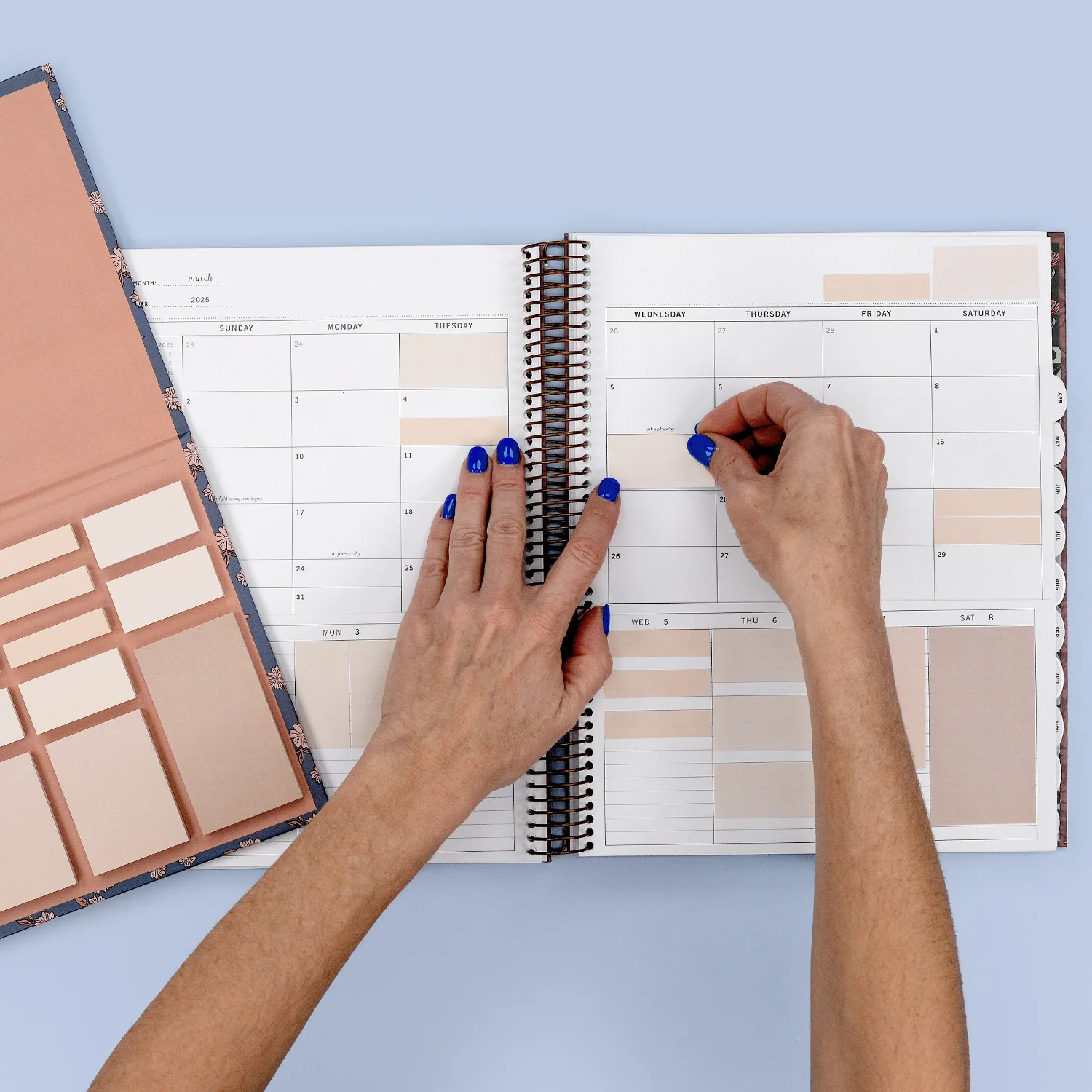If your head feels like a browser with 47 tabs open, you’re not alone.
Back-to-school season hits families like a scheduling tsunami—team sports collide with music lessons, carpools tangle with afterschool programs, and somewhere in the chaos, you’re supposed to organize meals, attend meetings, and actually do your job.
“It’s easy to feel overwhelmed,” says planning guru Laurel Smith, owner of Charlottesville’s Laurel Denise, who’s made a career out of helping frazzled families find their footing. Her planners help organize day-to-day life.
But here’s where most people go wrong: they dive straight into the pretty stuff. When life feels chaotic—and back-to-school season is the classic culprit—our instinct is to reach for color-coded calendars and rainbow highlighters. Smith has a better idea: start with what she calls a “brain drop.”
“Before you jump into color-coding or buying all the highlighters, put everything that’s swirling in your head on paper,” she advises. The goal is simple: Clear your mind by getting everything out. School schedules, work meetings, grocery lists, new routines—all of it goes on paper.
Once your mental browser tabs are organized into a single document, Smith suggests the real magic: grouping tasks into categories that make sense for your life. This might include immediate tasks, work tasks, kids’ schedules, meals, and household to-dos.
The beauty of Laurel Denise planners is that they cater to different planning personalities because, as she puts it, “You get to decide where and how your mind wants to see and organize those things.” Some people thrive with big, sprawling lists they can see at a glance. Others need every minute time-blocked like a military operation. Still others prefer assigning tasks to specific days, creating a roadmap through the week.
The point isn’t to become a different person—it’s to work with the brain you already have. LaurelDenise.com
Featured photo courtesy of Laurel Denise. This article originally appeared in the October 2025 issue.









